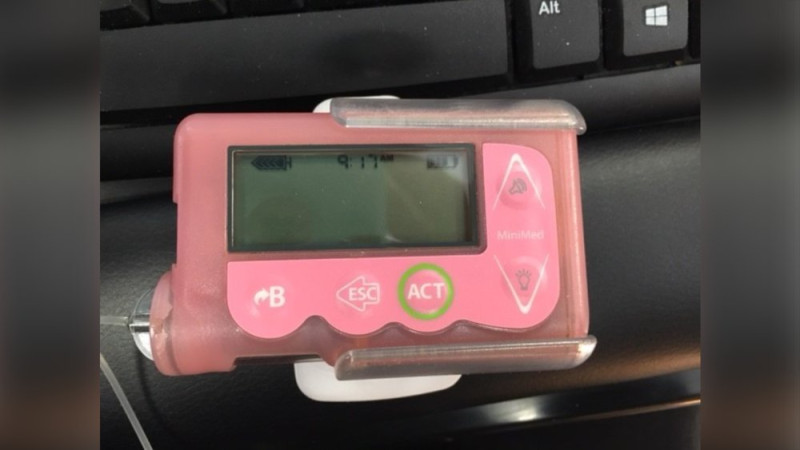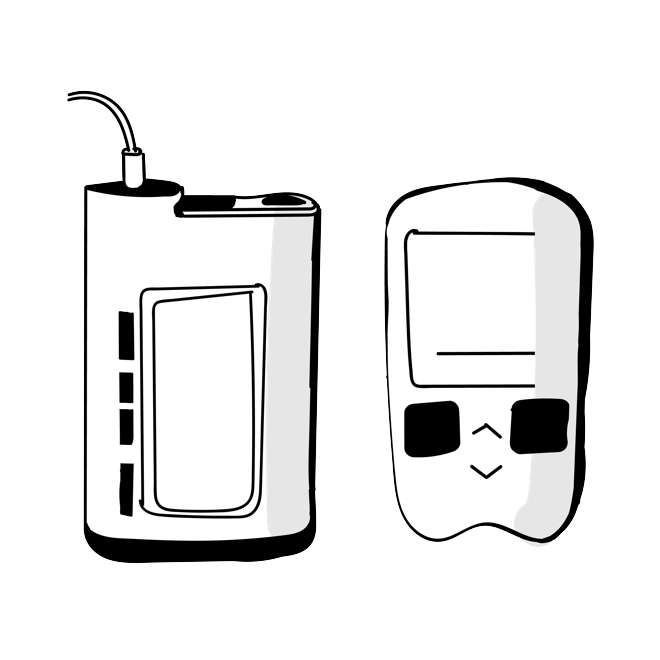Fewer needles, please? Insulin pumps let you quickly and easily give your insulin with fewer injections. Most pumps have built-in calculators to help dose your insulin based on your blood sugar and the carbs you’re eating. Some meters send your blood sugar to the pump directly.
Wisdom from others using a Meter & Pump

Even though my pump has malfunctioned before it is worth having because my blood sugar is more in control when I use it.
Ashley

Diabetes is one piece of my life that I now have some control over.
Kelsey

This disease is frustrating as it is, but using a pump/meter helps to simplify just one part of it.
Betsy
Routine
It gives you more freedom and consistency with your blood sugar. My a1c has gone down significantly since being on a pump.
Ashley, 28
Costs
If your highs and lows are controlling you, a pump is worth the money.
Kelsey, 26
Insurance
Dealing with insurance is tough, but you can do it! Check out our How To Get It Guide to get the basics straight and understand what you'll need to get approved.
Pros
Fewer Pricks and Needles
Rather than having to give injections for every meal and snack, pumps only require you to inject your infusion set once every two to three days.
On-the-Go and Flexible
The pump makes it much easier to give insulin on the go. While waiting in line or walking, you can quickly type in an insulin dose instead of sitting down to pull out syringes. Also, pumps give you more options for customizing insulin doses to accommodate the unpredictability of life. For example, on days you exercise, you can easily decrease your insulin dose to avoid hypoglycemia, or on sick days, increase the dose to avoid hyperglycemia.
Dosing Calculator
Insulin pumps have a built-in calculator to make meal dosing and blood sugar corrections less complicated. Less math for you!
Cons
Initial Set-Up
The first couple of weeks of using an insulin pump can be time-intensive. You may have to learn a new routine and work with your healthcare practitioner to make sure the pump is customized to YOUR needs.
Attachment to Device
Wearing an insulin pump means you will have a device attached to your body all of the time. You can either clip it onto your clothing or put it in a pocket. Some people detach their insulin pump for up to one hour for swimming, showering, sex, or working out.




